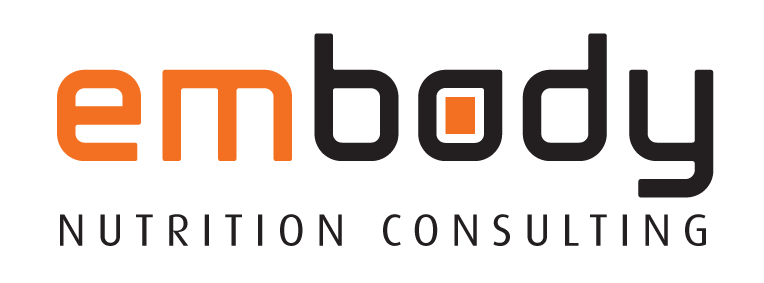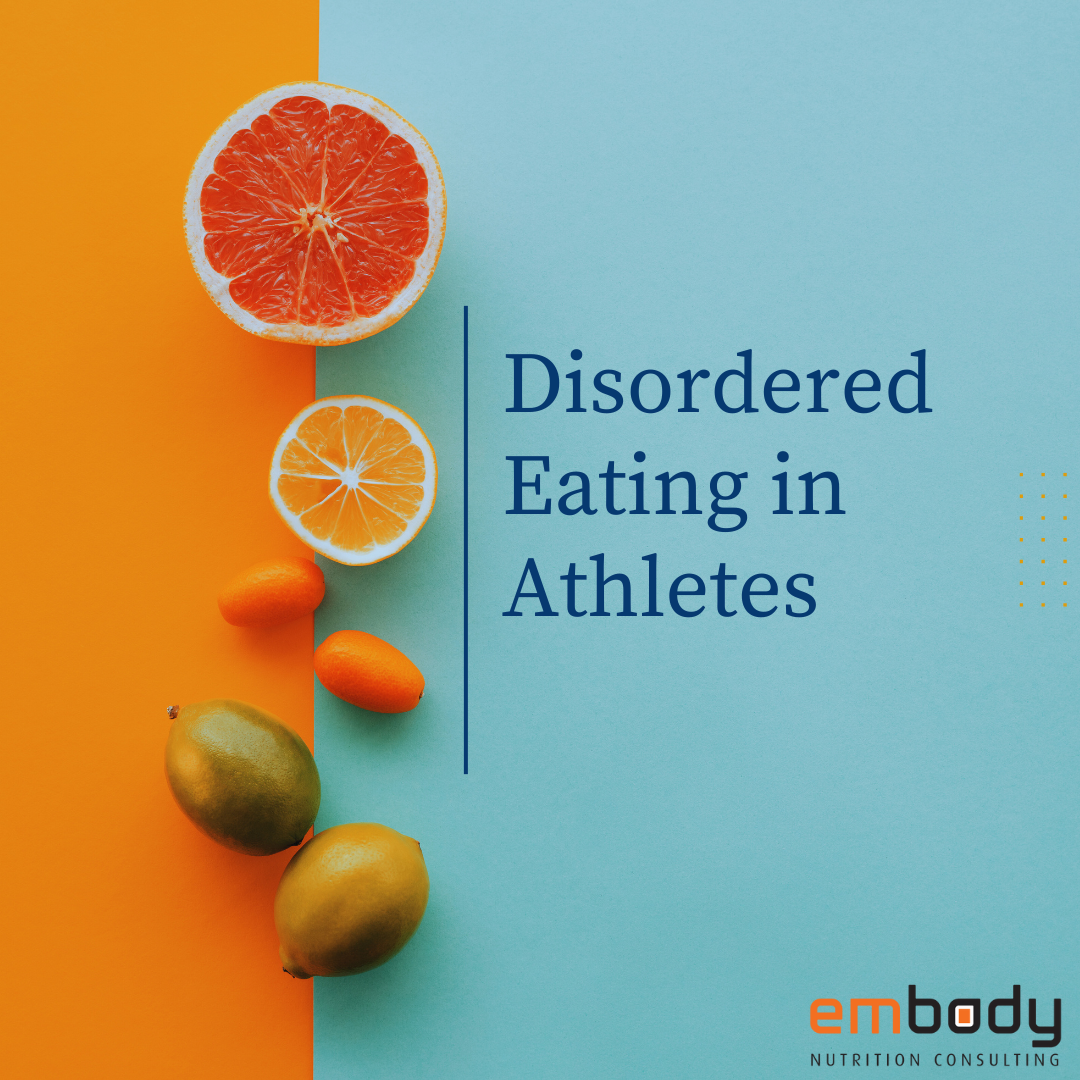A summary of the ‘Disordered Eating in High-Performance Sport Position Statement’ from the Australian Institute of Sport
What is Disordered Eating?
Disordered eating in athletes sits on a scale between optimised nutrition and an eating disorder (figure below).

This involves eating behaviours that can vary from what is considered normal, to behaviours resembling eating disorders but to a lesser degree.
Examples of disordered eating behaviours are:
- Skipping meals
- Compulsive eating
- Restrictive eating
- Compulsive exercise
- Use of diet pills
- Bingeing
- Purging
Individuals can move back and forth along this spectrum throughout different periods of their training cycle, however, there are health and performance implications regardless of where an athlete falls along the spectrum.
What is the difference between Disordered Eating and an Eating Disorder?
Although an athlete may have disordered eating behaviours, they may not meet all required criteria to be diagnosed with an eating disorder. Athletes are more likely to present with disordered eating, however, risks of an eating disorder increase when disordered eating worsens.
The main difference between disordered eating and eating disorders lies in the frequency of occurrence. Disordered eating behaviours happen regularly in eating disorders, whereas they occur only occasionally in other instances.
What are the consequences of disordered eating?
One of the health risks associated with disordered eating is the potential development of related energy deficiency in sports, also known as REDs (read more here).
In addition, when starved of energy the brain is particularly vulnerable as it operates at a very high metabolic rate. This can result in overall performance issues due an inability to engage in day-to-day tasks, solve problems or regulate emotions.
Inappropriate eating practices also increase the risk of illness and injury, which can compromise training capacity, recovery and adaptation as well as impair coordination, concentration, mood, strength and endurance.
Who is most at risk for disordered eating?
Disordered eating can occur in any athlete, in any sport, at any time, with anyone of any gender, age, body size, culture, socio-economic background, athletic calibre and ability.
Sports with an increased risk of eating disorders due to a greater focus on body appearance or composition are:
- Appearance sports (e.g. gymnastics, synchronised swimming, figure skating, ballet dancing)
- Low body fat sports (e.g. distance running, triathlon, bodybuilding)
- Weight category sports (e.g. light-weight rowing, combat sports, jockeys)
Who is involved in the care?
Disordered eating can be a complex issue that requires the involvement of health professionals and sporting staff to help support the athlete. This is called a core multidisciplinary team and includes the doctor, sports dietitian and psychologist who work with the athlete, coach and support staff.
The goal of intervention is to identify contributors and causes of disordered eating, minimise the risk of developing an eating disorder, and have food behaviours that are more optimum nutrition.
What is optimum nutrition?
Optimum nutrition is the goal for athletes. It should be safe in that the athlete’s physical and mental health are prioritised. It should be supported in that members of the core multidisciplinary team are providing the optimal practices. It should be purposeful in that performance and health goals are logically connected to proposed strategies. It should be individualised so that the unique requirements of the individual are met.
These allow both health and performance goals to be met. Characteristics of optimised nutrition include:
- Physical and mental needs are met via eating practices.
- Food intake can be changed to meet the demands of the sport.
- Flexibility around eating and thoughts about food.
- Eating socially.
- Free of restrictive behaviours such as avoidance of whole food groups, or excessive counting of calories or macronutrients.
- Healthy body image (read more here).
If you are struggling with disordered eating or have an eating disorder it is important that you get help. Please reach out and we can point you in the right direction of where to start.

